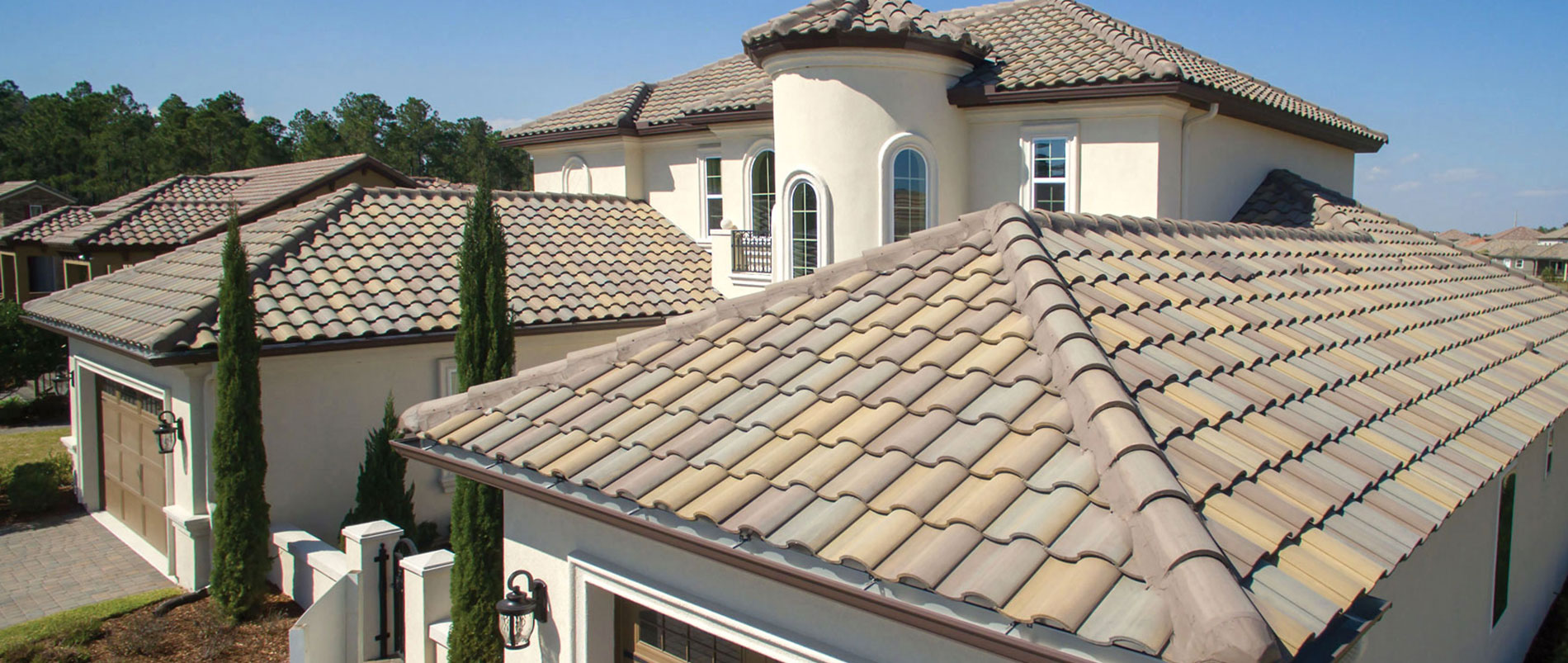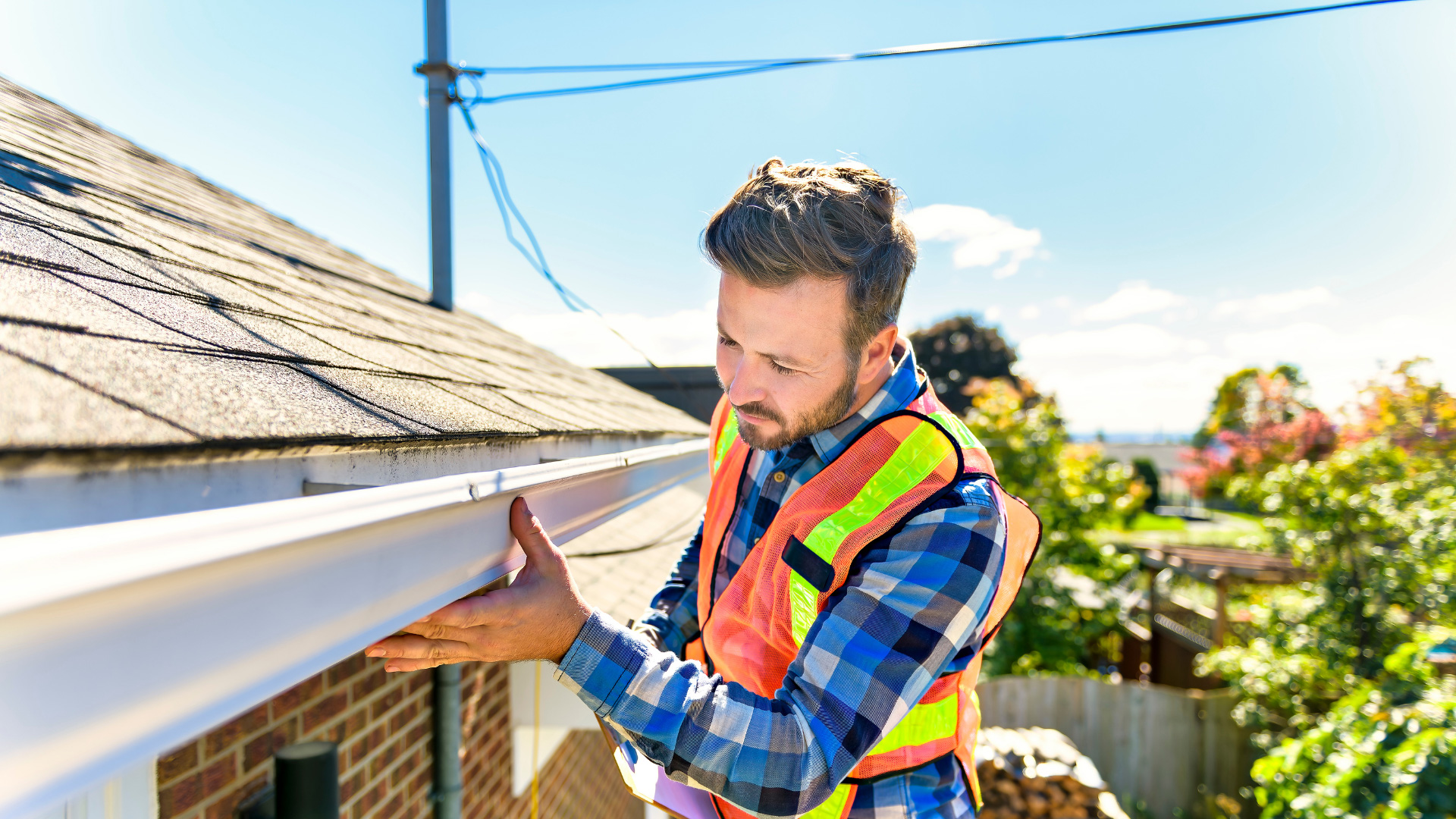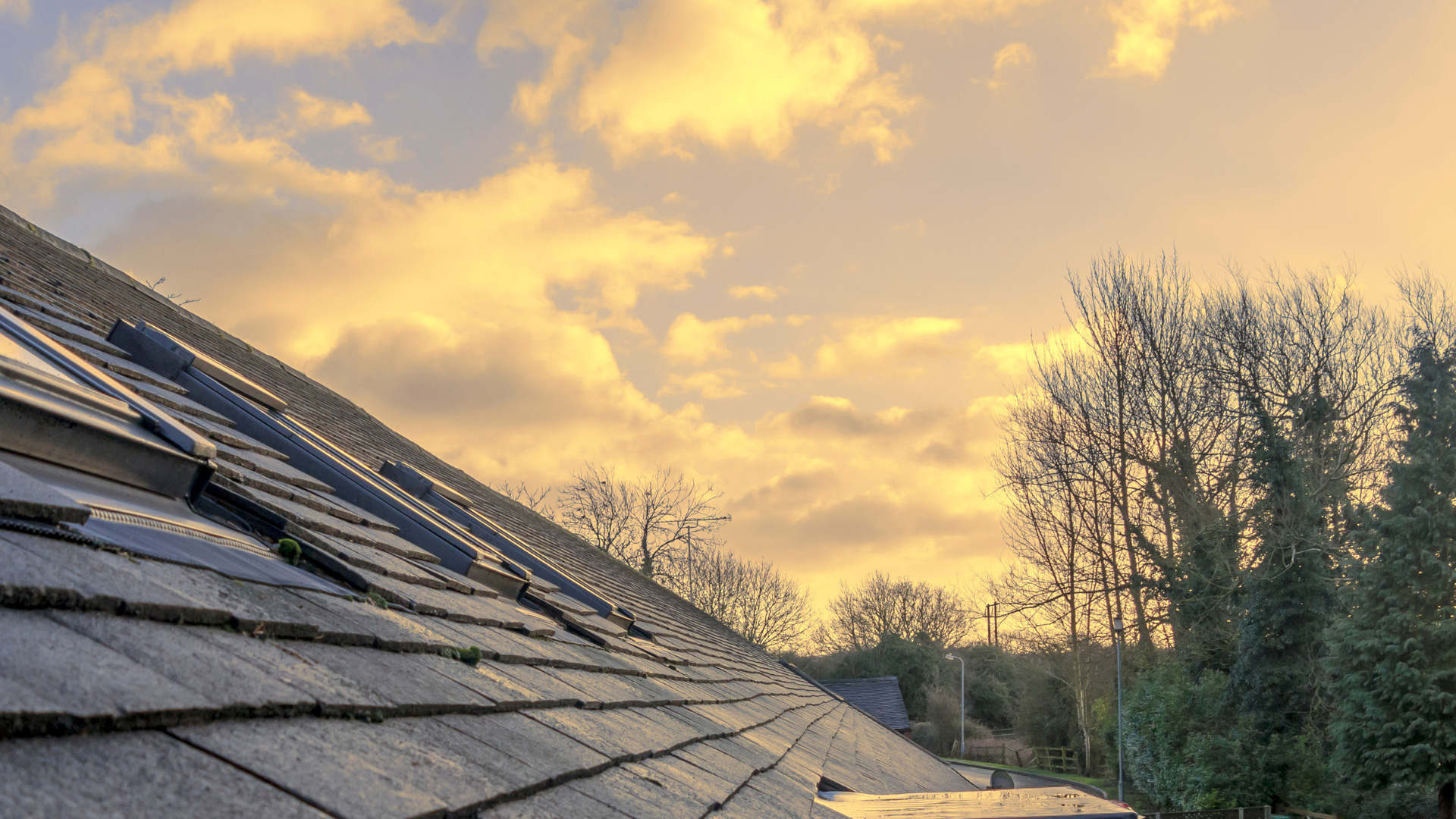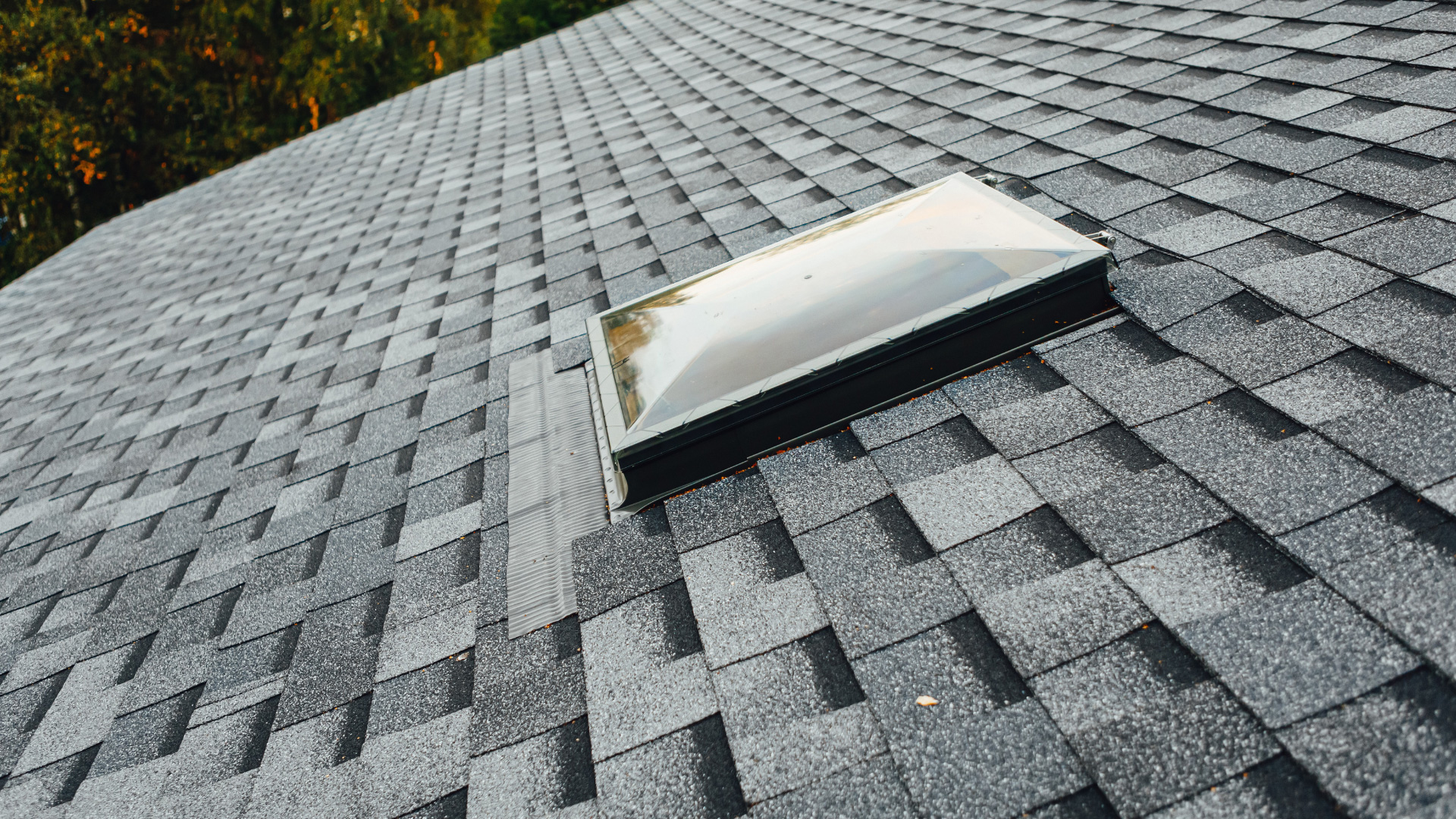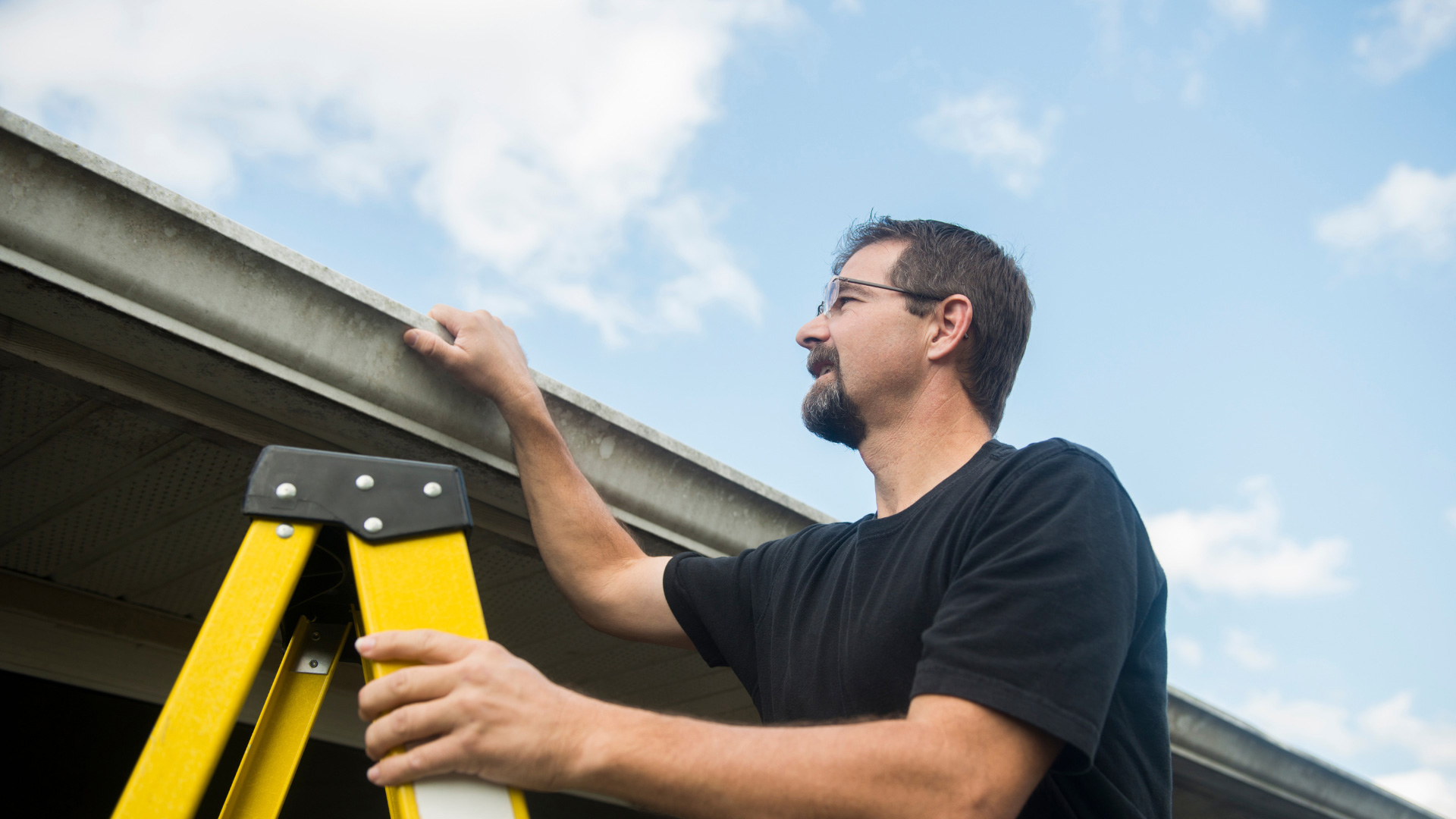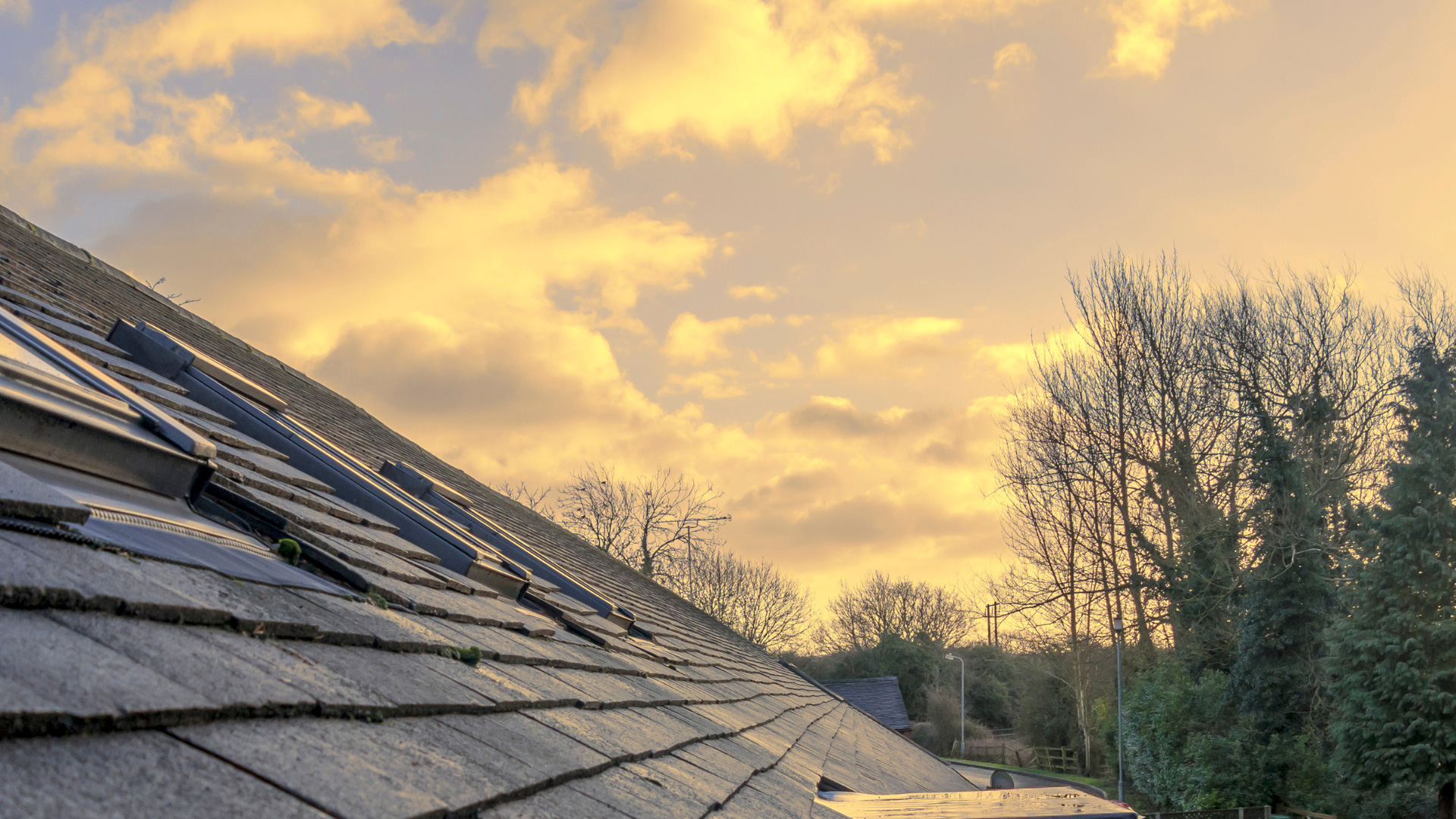Going solar marks an exciting new chapter of homeownership, and with the right solar provider, it can be remarkably easy. While the exact installation requirements for each roof are unique, there are several universal considerations homeowners must follow. Keep reading to learn the typical preparation process when getting ready for solar panels.
Preparing Your Roof for Solar Panel Installation: A Step-by-Step Guide
For the vast majority of homeowners, the following steps will help prepare for a smooth and efficient solar installation.
1. Conduct a Full Roof Evaluation
Before you get the green light to proceed, you’ll need to thoroughly inspect your roof. Of course, it’s best to leave any dangerous working-at-height functions to a professional solar and roofing expert.
The technician will want to determine the roof’s structural integrity, to ensure it can support the solar panels’ weight and mounts. This could also mean checking your interior attic for signs of leaks or rotted wood.
2. Consider Preliminary Roof Maintenance
Above all, the roof must be in good working order and free of major defects before installation can begin. If your roof is aging or otherwise in disrepair, it’s wise to opt for replacement before installing the panels.
It may seem arduous, considering your goals; but in the end, you’ll have greater peace of mind with a stable foundation. The ideal solution is a reliable contractor with dual specializations in solar and roofing because they’ll have the critical insights needed to know which roofing materials or repairs are necessary to support your chosen panels. For older roofs or structures with unaddressed storm damage, a roofing inspector may suggest more involved roof reconstruction services.
3. Evaluate Your Roof’s Orientation
Solar efficiency largely depends on the panels’ angle to the sun, itself depending on the roof’s orientation. Evaluating roof orientation is a major determining factor in how effective solar panels will be for your house. Home solar panels usually hover around 20% efficiency, meaning ideal placement is essential to maximizing your investment over the long term. While little can be done about tall surrounding structures, disadvantageous lighting can at least be partly rectified by removing other overhead obstacles.
4. Trim Nearby Trees
It’s important to clear obstructions that would block panels from receiving full sunlight. Professional tree-trimming services should be done before installing the panels, to prevent damaging them with falling branches or needing to clear them from debris.
5. Add Framing & Structural Support to Your Roof
As mentioned, additional structural support may be necessary. Depending on the type of panels and solar system size, the average 60-cell solar panel weighs around 40 pounds. That means the roof must be capable of supporting upwards of a ton or more!
Optimize Your Solar Investment With Comprehensive Solar Preparations
It’s rare that a roof fully precludes the possibility of solar installations. With a professional evaluation and diligent preparation, almost any roof in reasonably good condition holds the potential to accommodate an enterprise-grade solar system and generate clean energy for years to come.
If you’re considering solar panel installation, contact us for more information on the solar installation process, or download our Ultimate Guide to Your New Roof.
